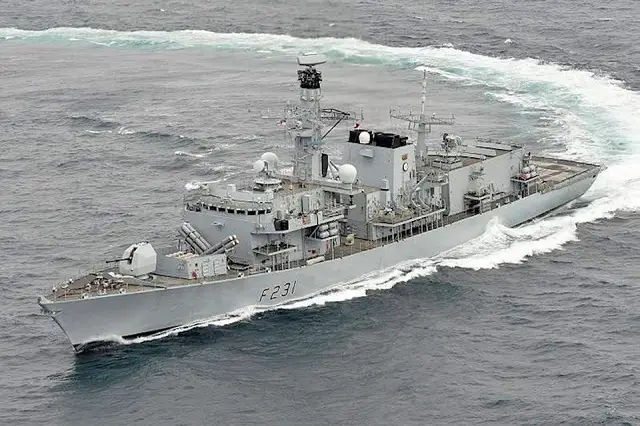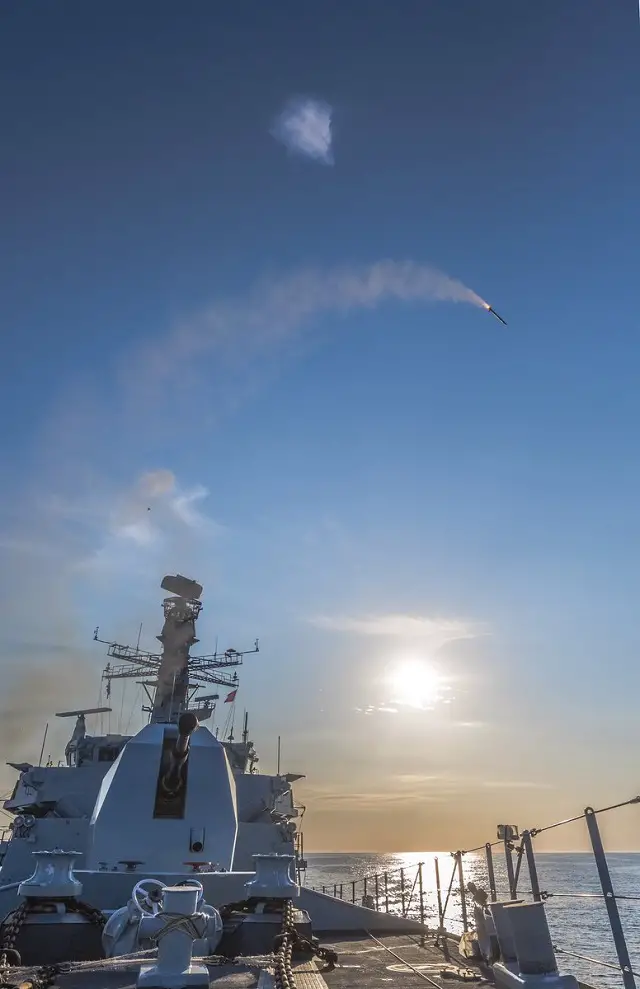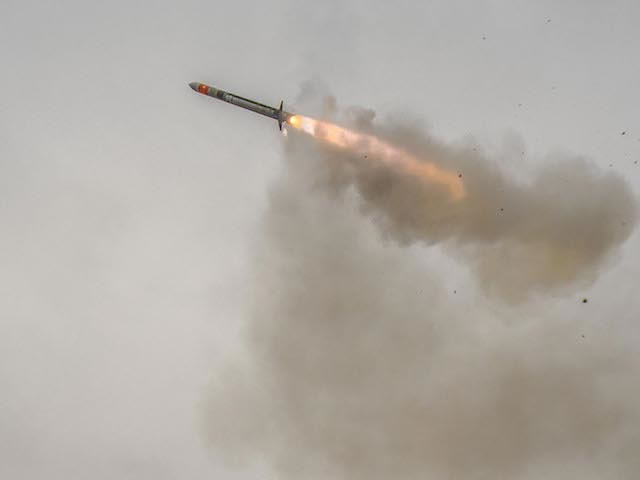Breaking news
Video: Royal Navy' Successful First Firings of MBDA Sea Ceptor Missile.
| 2017
|
|
|||
|
British MoD video
|
|||
|
|
|||
|
Sea Ceptor, which uses MBDA’s next-generation Common Anti-air Modular Missile (CAMM), is being fitted to replace the Sea Wolf weapon system on the Type 23 frigates. The air defence system will also be used on the new Type 26 frigates and Land Ceptor, which will replace Rapier for the British Army.
Using innovations in radar and datalink technology that will guide these potent missiles with pinpoint accuracy, Sea Ceptor will provide the Royal Navy with an improved shield against airborne threats such as the new generation of supersonic anti-ship missiles, fast jets, helicopters and unmanned aerial vehicles. |
|||
|
|
|||
 The Royal Navy Type 23 frigate HMS Argyll, which fired the Sea Ceptor missiles earlier this Summer. The Royal Navy Type 23 frigate HMS Argyll, which fired the Sea Ceptor missiles earlier this Summer. |
|||
|
|
|||
|
Commander Toby Shaughnessy, the Commanding Officer of HMS Argyll, said:
This is an exciting upgrade in capability and a great opportunity for HMS Argyll to demonstrate what the missile system can do to protect our ships from future threats. Sea Ceptor is an impressive and innovative system, demonstrating that the Royal Navy is at the cutting edge of technology and working hard to keep Britain safe. I am immensely proud of my ship’s company and the work they put in to make this test firing possible. HMS Argyll will conduct further firing trials of the Sea Ceptor system before she deploys to Japan next year. Alongside providing robust self-defence, importantly Sea Ceptor defends escort vessels within a maritime task group, such as for the new Queen Elizabeth Class aircraft carriers. |
|||
|
|
|||
 One of the Sea Ceptor missiles fired by HMS Argyll earlier this Summer. MBDA Copyright. One of the Sea Ceptor missiles fired by HMS Argyll earlier this Summer. MBDA Copyright. |
|||
|
|
|||
|
The system uses a new UK-developed missile capable of reaching speeds of up to Mach 3 and will have the ability to deal with multiple targets simultaneously, protecting an area of around 500 square miles (1,300 square kilometres) over land or sea.
The news comes after the Defence Minister confirmed a £100m contract to fit the Sea Ceptor system to the Type 26 frigates last year. Earlier this year Defence Secretary Sir Michael Fallon also announced a £539 million investment in new missiles systems. MBDA statement: Traditional air defence systems utilise semi-active radar guidance, meaning they rely on a surface-based fire control radar to illuminate the missile’s target. By using an active radar seeker and datalink on the missile CAMM does not require the dedicated fire control radar on which a semi-active system depends. This not only removes cost and weight from the vessel, it makes integration simpler and means that Sea Ceptor can intercept more targets simultaneously, and across 360 degrees – something a semi-active system cannot. The missile’s clean aerodynamic design provides it with improved performance in the air, while also making it highly compact for installation onboard ship. Moreover Sea Ceptor uses an innovative soft vertical launch system that significantly reduces the impact of a traditional “hot launch” missile on both the ship and the crew. Besides the Royal Navy and the British Army, CAMM is also the modern air defence weapon of choice for a further four nations’ armed services. |
|||






























